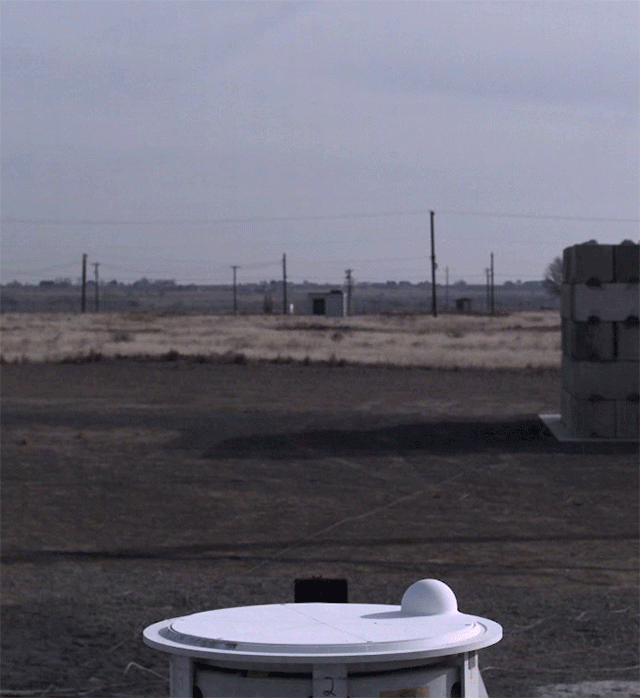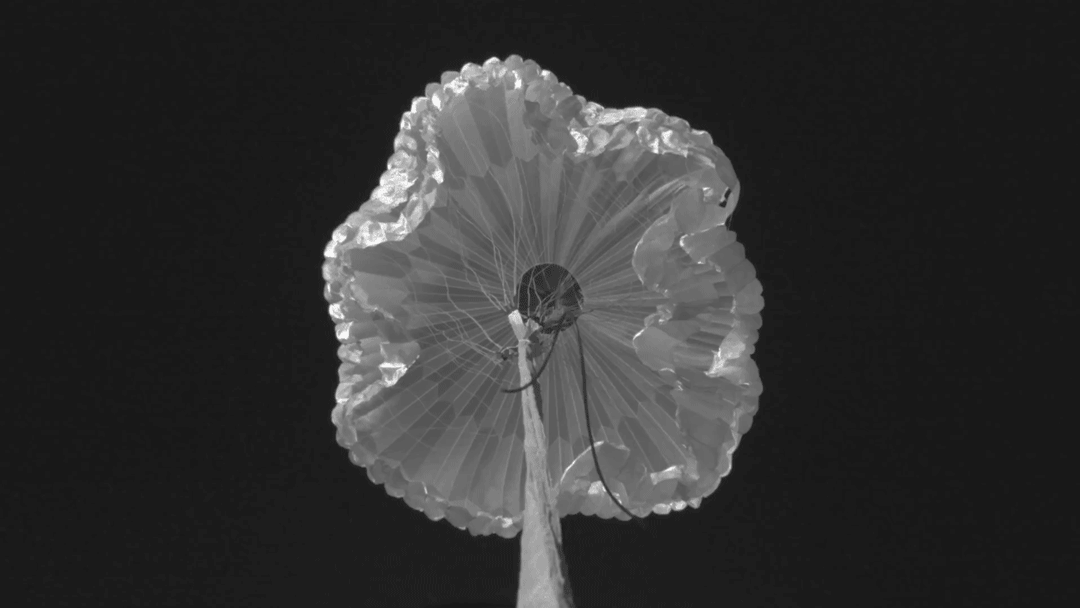Winston
Lorenzo von Matterhorn
- Joined
- Jan 31, 2009
- Messages
- 9,560
- Reaction score
- 1,748
MAY 18, 2020
NASA's Perseverance Rover Goes Through Trials by Fire, Ice, Light and Sound
https://www.jpl.nasa.gov/news/news.php?feature=7662&
Excerpt (just about the 'chute):
Oh, Chute
Ask any member of the Mars 2020 mission's entry, descent and landing team, and they'll tell you there's little point in traveling through 314 million miles (505 million kilometers) of interplanetary space if you can't stick the landing. At 70.5 feet (21.5 meters) in diameter, the rover's supersonic parachute has everything to do with making that happen. A lot of work goes into ensuring a chute deploys right and can do the job without shredding or getting tangled.
Perseverance's parachute is based on the design successfully flown by Mars Curiosity in 2012. However, since Perseverance is slightly heavier than Curiosity, engineers strengthened their parachute design. But how to be sure it will do what is expected of it? Test, test, test.
First, the team focused on verifying the chute would hold up under the strain of slowing a fast-moving spacecraft down in the Martian atmosphere. In the summer of 2017, they traveled to the National Full-Scale Aerodynamics Complex at NASA's Ames Research in California's Silicon Valley to observe trial chute deployments close up in a wind tunnel, checking workmanship and looking for any unexpected behavior.
More complex evaluations would come between March and September 2018. The team tested the chute three times in Mars-relevant conditions, using Black Brant IX sounding rockets launched from NASA's Wallops Flight Research Facility in Virginia. The final test flight, on Sept. 7, exposed the chute to a 67,000-pound (37,000-kilogram) load - the highest ever survived by a supersonic parachute and about 85% higher than what the mission's chute is expected to encounter during deployment in Mars' atmosphere.
The team also tested the chute's deployment mortar. Perseverance's parachute is packed into an aluminum canister so tightly, it has the density of oak. The mortar is a cylindrical canister cradled atop the aeroshell, which encapsulates the rover. At the time of deployment, an explosive propellant at the base of the mortar will launch the carefully bundled array of nylon, Technora and Kevlar at just the right velocity and trajectory into the Martian slipstream.
Mortar deployment evaluations took place in the winter of 2019 at a test facility in central Washington. The temperature of the mortar canister during the first test synched closely with the ambient air temperature - about 70 degrees Fahrenheit (21 degrees Celsius). The second and third were executed with the mortar chilled to minus 67 degrees Fahrenheit (minus 55 degrees Celsius) - well below the temperature at which the mortar is expected to fire during the actual deployment at Mars (14 degrees Fahrenheit, or minus 10 degrees Centigrade). The mortar passed all three tests with flying colors.
This animated GIF shows a test of the mortar system that will be used on Feb. 18, 2021, to deploy the parachute for NASA's Perseverance rover. The test took place in November 2019 at a facility in central Washington. Image Credit: NASA/JPL-Caltech

This animated GIF shows a successful test of the parachute that will be used to land NASA's Perseverance rover on Mars. The images were taken on Sept. 7, 2018, during the third and final flight of the Advanced Supersonic Parachute Inflation Research Experiment (ASPIRE) project.

NASA's Perseverance Rover Goes Through Trials by Fire, Ice, Light and Sound
https://www.jpl.nasa.gov/news/news.php?feature=7662&
Excerpt (just about the 'chute):
Oh, Chute
Ask any member of the Mars 2020 mission's entry, descent and landing team, and they'll tell you there's little point in traveling through 314 million miles (505 million kilometers) of interplanetary space if you can't stick the landing. At 70.5 feet (21.5 meters) in diameter, the rover's supersonic parachute has everything to do with making that happen. A lot of work goes into ensuring a chute deploys right and can do the job without shredding or getting tangled.
Perseverance's parachute is based on the design successfully flown by Mars Curiosity in 2012. However, since Perseverance is slightly heavier than Curiosity, engineers strengthened their parachute design. But how to be sure it will do what is expected of it? Test, test, test.
First, the team focused on verifying the chute would hold up under the strain of slowing a fast-moving spacecraft down in the Martian atmosphere. In the summer of 2017, they traveled to the National Full-Scale Aerodynamics Complex at NASA's Ames Research in California's Silicon Valley to observe trial chute deployments close up in a wind tunnel, checking workmanship and looking for any unexpected behavior.
More complex evaluations would come between March and September 2018. The team tested the chute three times in Mars-relevant conditions, using Black Brant IX sounding rockets launched from NASA's Wallops Flight Research Facility in Virginia. The final test flight, on Sept. 7, exposed the chute to a 67,000-pound (37,000-kilogram) load - the highest ever survived by a supersonic parachute and about 85% higher than what the mission's chute is expected to encounter during deployment in Mars' atmosphere.
The team also tested the chute's deployment mortar. Perseverance's parachute is packed into an aluminum canister so tightly, it has the density of oak. The mortar is a cylindrical canister cradled atop the aeroshell, which encapsulates the rover. At the time of deployment, an explosive propellant at the base of the mortar will launch the carefully bundled array of nylon, Technora and Kevlar at just the right velocity and trajectory into the Martian slipstream.
Mortar deployment evaluations took place in the winter of 2019 at a test facility in central Washington. The temperature of the mortar canister during the first test synched closely with the ambient air temperature - about 70 degrees Fahrenheit (21 degrees Celsius). The second and third were executed with the mortar chilled to minus 67 degrees Fahrenheit (minus 55 degrees Celsius) - well below the temperature at which the mortar is expected to fire during the actual deployment at Mars (14 degrees Fahrenheit, or minus 10 degrees Centigrade). The mortar passed all three tests with flying colors.
This animated GIF shows a test of the mortar system that will be used on Feb. 18, 2021, to deploy the parachute for NASA's Perseverance rover. The test took place in November 2019 at a facility in central Washington. Image Credit: NASA/JPL-Caltech

This animated GIF shows a successful test of the parachute that will be used to land NASA's Perseverance rover on Mars. The images were taken on Sept. 7, 2018, during the third and final flight of the Advanced Supersonic Parachute Inflation Research Experiment (ASPIRE) project.




